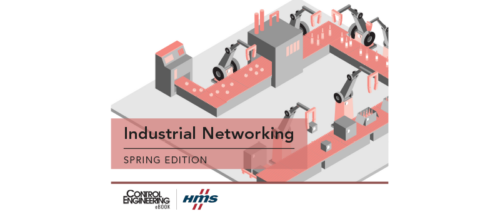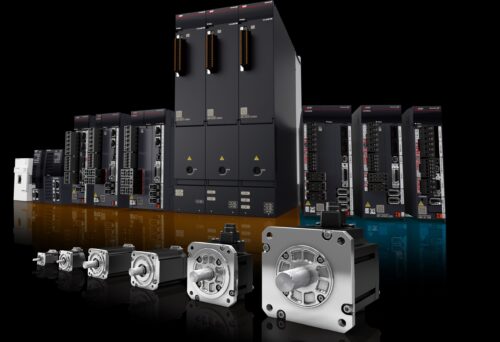First Fieldbus Foundation H1 Device Couplers get registered
Fieldbus Foundation has registered the first Foundation fieldbus H1 device couplers. The new device coupler registration process is said to provide automation end users with greater assurance of the interoperability of independently manufactured fieldbus physical layer components. MooreHawke, a division of Moore Industries, and Pepperl+Fuchs are the first Foundation fieldbus device coupler supp...
Fieldbus Foundation has registered the first Foundation fieldbus H1 device couplers. The new device coupler registration process is said to provide automation end users with greater assurance of the interoperability of independently manufactured fieldbus physical layer components.
MooreHawke, a division of Moore Industries, and Pepperl+Fuchs are the first Foundation fieldbus device coupler suppliers to pass the registration process.
The Fieldbus Foundation’s Foundation Device Coupler Test Specification (FF-846-1.1) defines a suite of vendor self-tests for fieldbus device couplers with spur short-circuit protection. The tests cover device coupler requirements as specified in the FF-816 FS 1.5 Physical Layer Profile, as well as the IEC 61158-2: 2003 standard. The registration process includes additional tests beyond the scope of these standards, which determine if a device coupler is fit for its intended purpose of preventing spur short-circuits from disrupting a fieldbus network.
The device coupler registration program initially addresses two classes of devices: Foundation device couplers and Foundation wiring blocks. Device couplers are a critical component of an H1 fieldbus network enabling connection of multiple field devices to the segment. Characteristically, these units will have ports for trunk-in, trunk-out and one or more spurs, with the requirement of spur short-circuit protection. Registered device couplers must be network-powered (dc/dc conversion is not included). Wiring blocks are simple devices with a minimum of one trunk input and one spur output. Registered wiring blocks may contain surge protection circuits, integral terminators or indicating LEDs, but cannot provide spur short-circuit protection.
Do you have experience and expertise with the topics mentioned in this content? You should consider contributing to our CFE Media editorial team and getting the recognition you and your company deserve. Click here to start this process.



